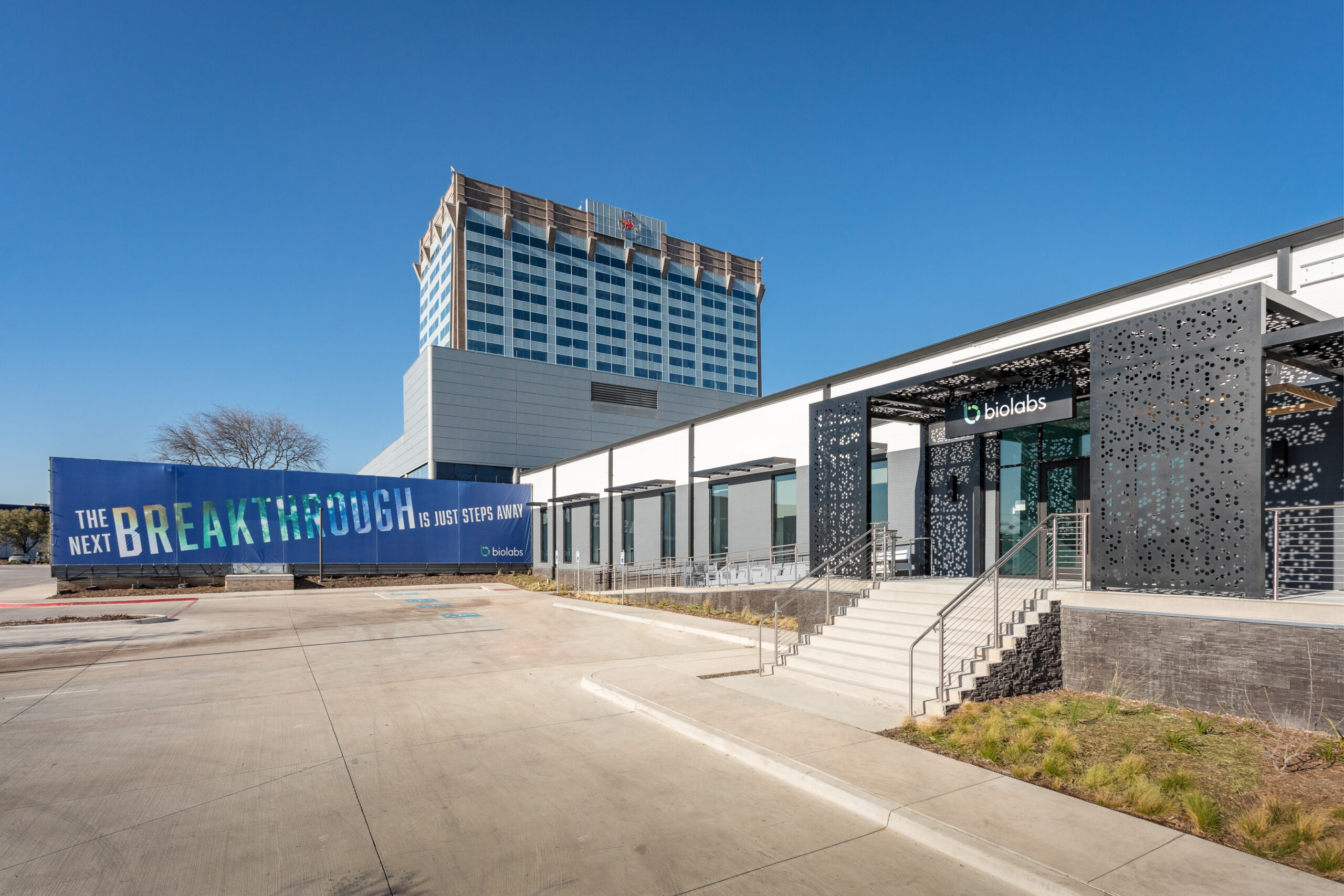A New Orleans startup focused on healing holes in the eardrum without surgery has found early validation and funding from two business plan competition wins within the last week.
Tympanogen has taken home more than $70,000 in winnings from the Rice University Business Plan Competition and the Tulane University Business Model Competition.
Each year, nearly 700,000 children in the U.S. with chronic ear infections have tubes put in to ventilate the middle ear and relieve pain.

BioLabs Pegasus Park Cultivates Life Science Ecosystem
Gabby Everett, the site director for BioLabs Pegasus Park, offered a tour of the space and shared some examples of why early-stage life science companies should choose North Texas.
In most cases, the hole that remains in the eardrum when the tubes are removed closes on its own. But when it doesn’t, fluid can enter the middle ear and cause infection, and surgery may be required to close it. (Ruptured eardrums can also occur as a result of trauma or infection)
Tympanogen thinks it could replace that costly surgical procedure with a non-surgical alternative that could be applied in a clinic without use of anesthesia.
Its treatment, Perf-Fix, takes the form of a semigel patch made of regenerative and antibacterial materials. It’s applied directly to the eardrum through the external ear canal during an in-office procedure. When it’s exposed to light, the patch forms a stiff gel that fills the perforation site and acts as a scaffold to encourage cell growth.
The biomedical engineers and physicians at Tulane University who developed the technology said they’ve tested a prototype of the patch in animal models and have found it to heal about 80 percent of chronic perforations without recurring infection.
The technology and the business plan that Tympanogen put together (with help from the New Orleans BioInnovation Center) earned the team fifth place and $44,000 in prizes from the Rice University competition and $28,000 as the winner of the Tulane contest.
They’ll use the winnings to support the next phase of testing, which will expand earlier studies and aim to validate the patch in larger animal models.














